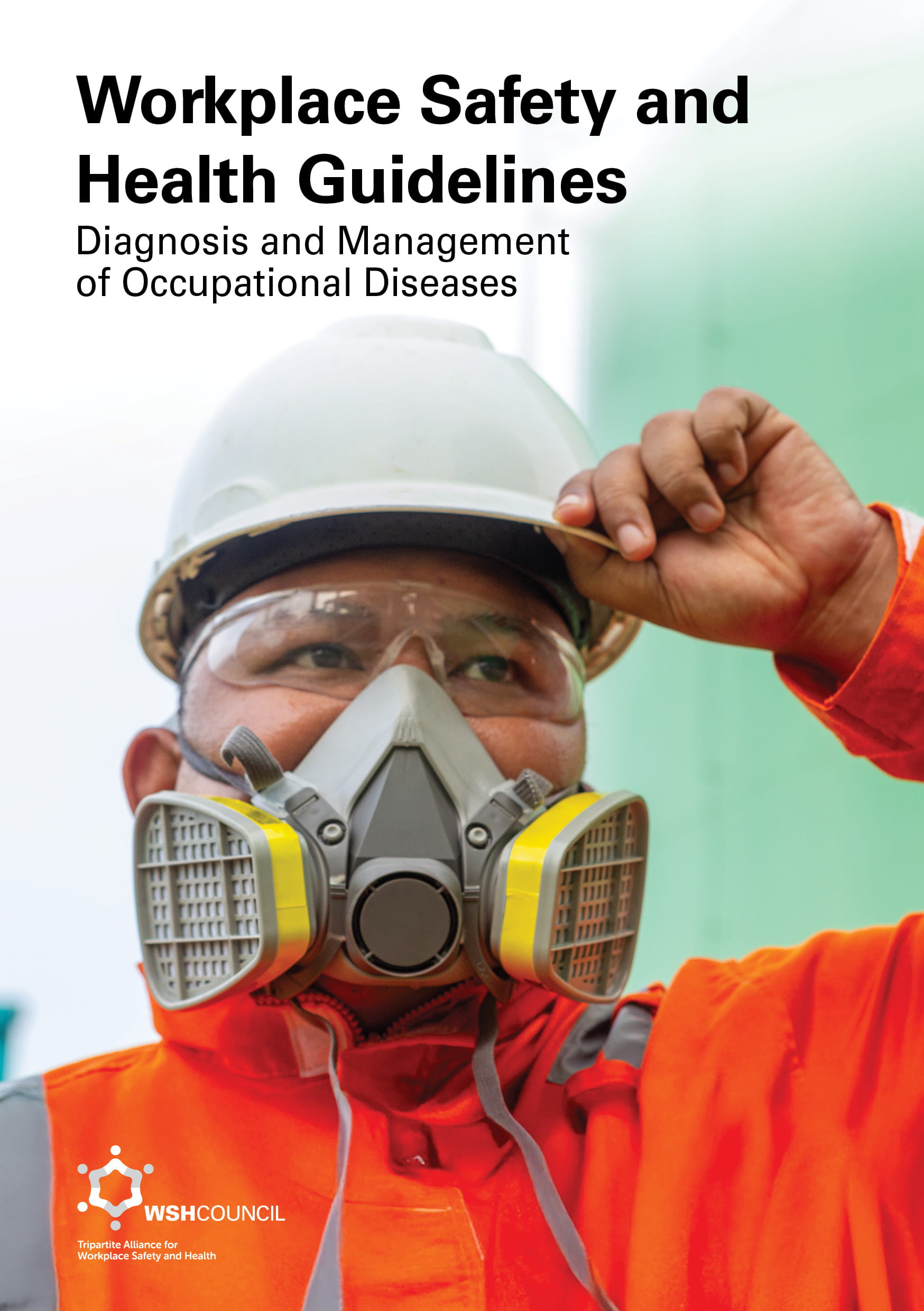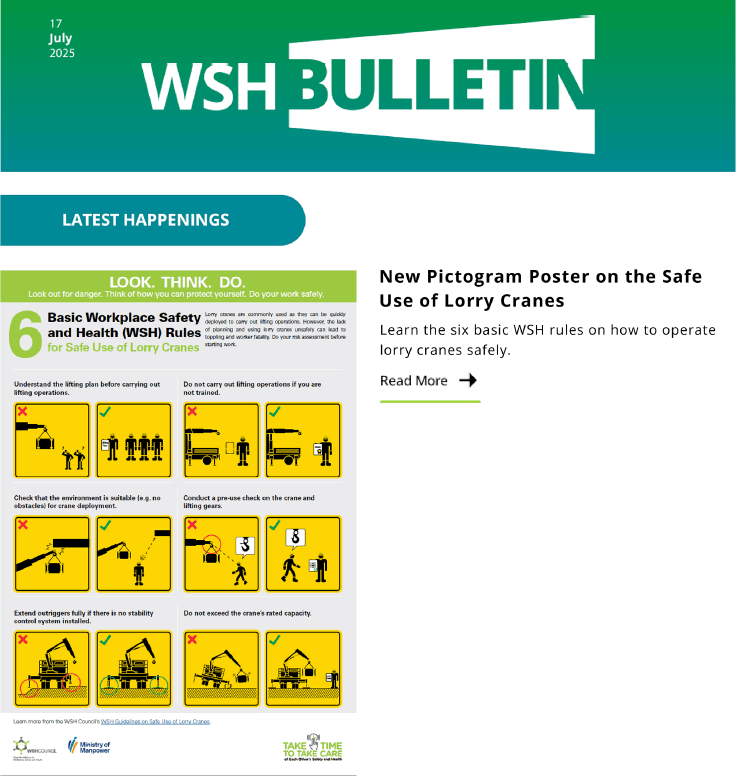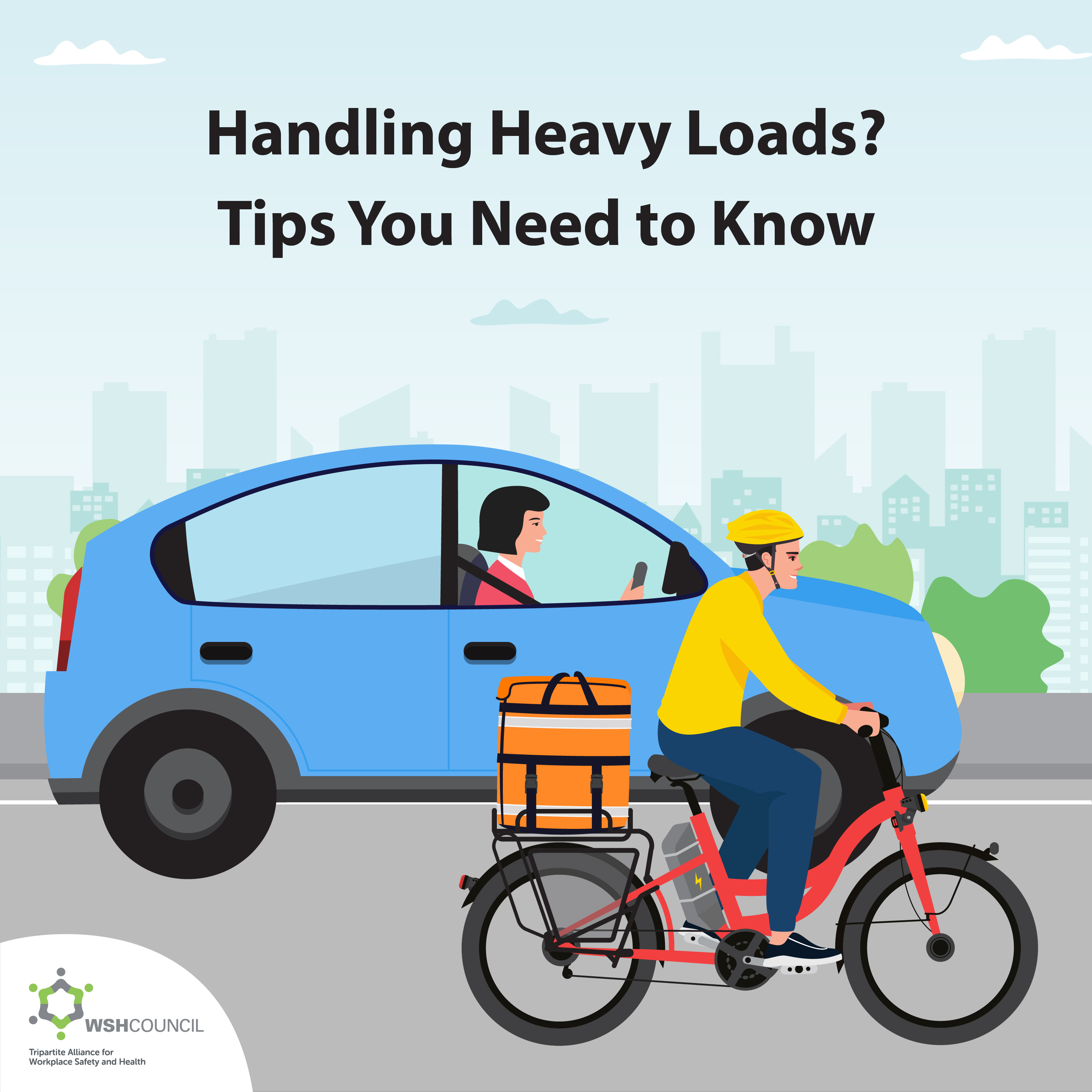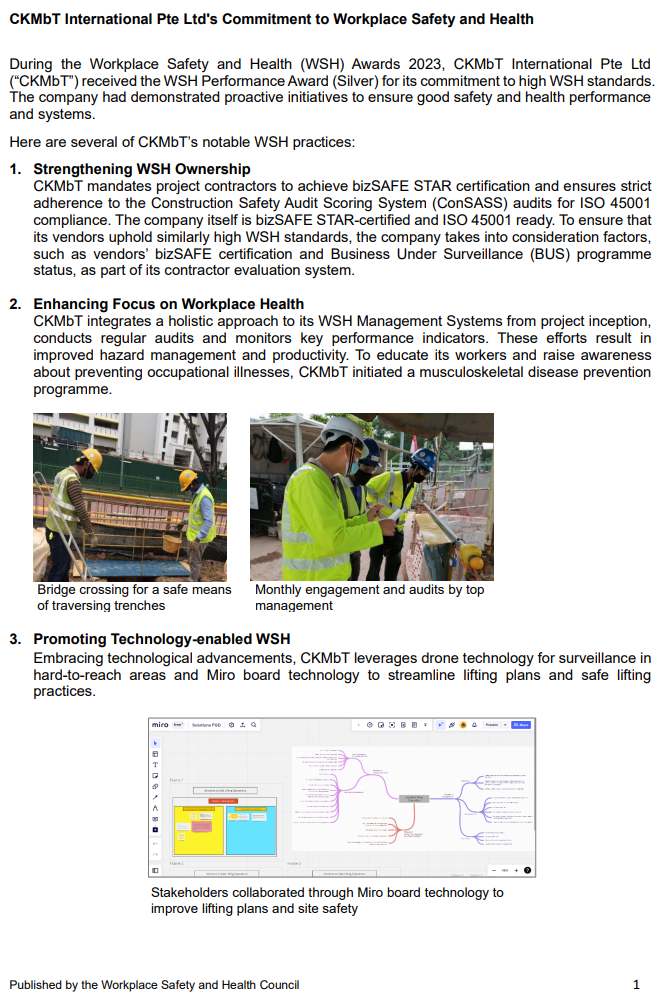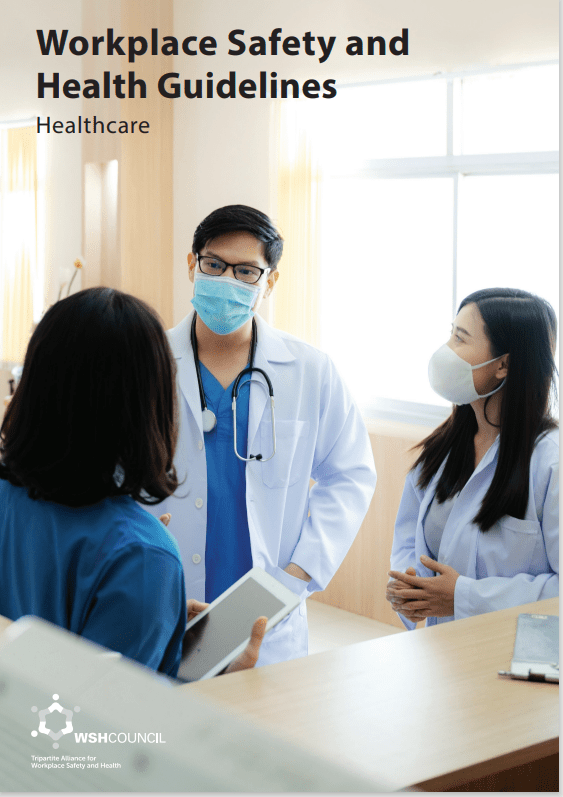Work-related Musculoskeletal Disorders
Learn about Work-related Musculoskeletal Disorders (WRMSDs), their causes and how you can prevent or minimise them in the workplace.
Workplace ergonomics deals with manual lifting, carrying, pushing and pulling of heavy loads, over-exertion, awkward postures and repetitive actions, which can lead to the development of WRMSDs. WRMSDs are characterised by discomfort, impairment, disability, or persistent pains in joints, muscles, tendons or other soft tissues.
WRMSDs can affect employees in the industrial, commercial, healthcare, hospitality and service sectors, as well as offices and other workplaces. Occupations that are more susceptible to WRMSDs include machine operators, parts assembly workers, movers, nurses, warehouse workers, stock keepers, computer users, typists and musicians.
Common Musculoskeletal Disorders and Causes
Most people experience aches or pains in the affected body parts. The severity of the symptoms varies depending on exposure.
The following table shows some WRMSDs and their causes:
|
WRMSD |
Causes(s) |
|
Low back pain |
|
|
Carpal tunnel syndrome (pain, numbness and/or tingling in fingers) |
|
|
De Quervain’s Tenosynovitis (pain in the wrist) |
|
|
Epicondylitis (inflammation of the elbow tendon) |
|
|
Neck and shoulder pain |
|
Preventing Musculoskeletal Disorders
Below are some common workplace risk factors associated with WRMSDs and their preventive measures:
|
Workplace Risk Factor |
Preventive Measure(s) |
|
Heavy loads (e.g. carrying heavy objects over long distances) |
|
|
Awkward postures (e.g. twisting about the waist) |
|
|
Static postures (e.g. standing or sitting in same position for long period) |
|
|
Repetitive actions (e.g. packing goods along process lines) |
|
|
Whole body vibration (e.g. driving heavy vehicles) |
|
To learn more about WRMSDs and their prevention, you can refer to the WSH Guidelines on Improving Ergonomics in the Workplace.

